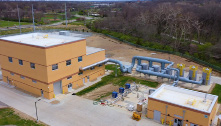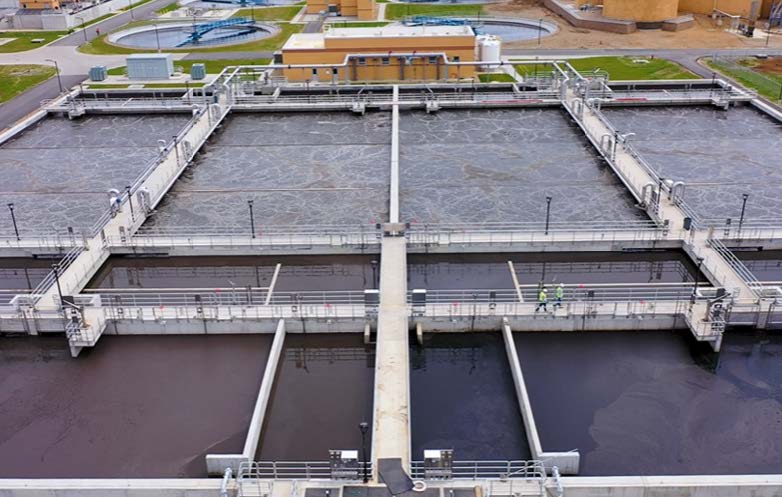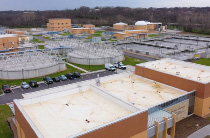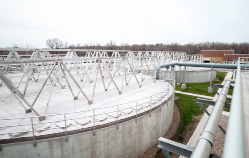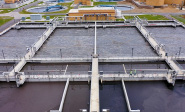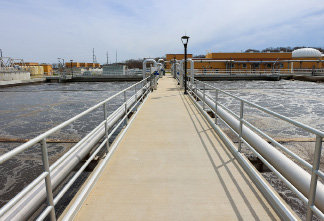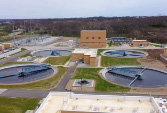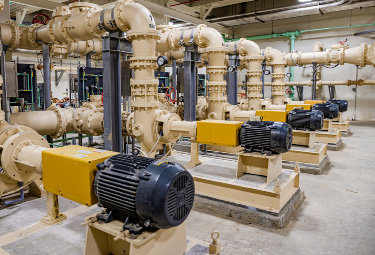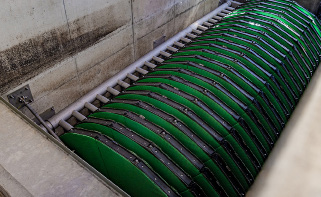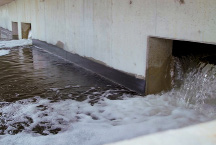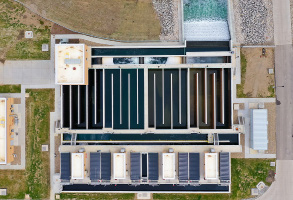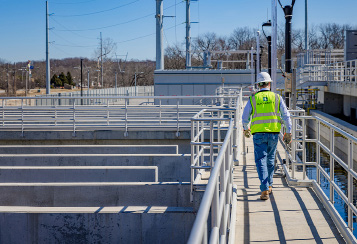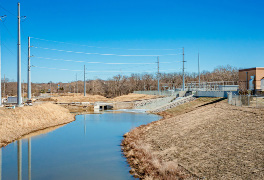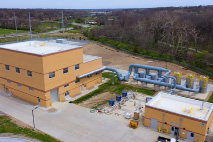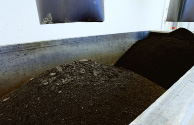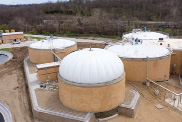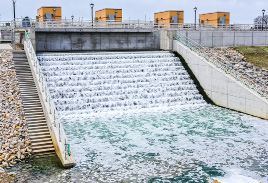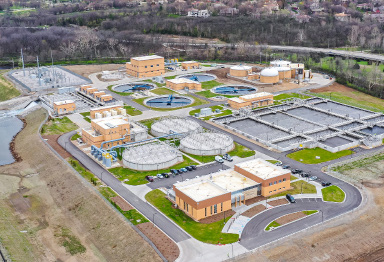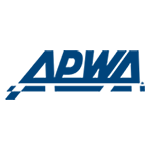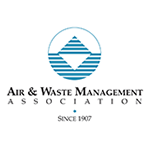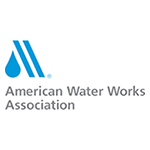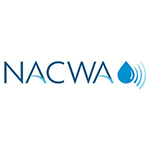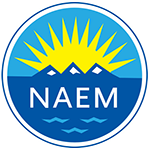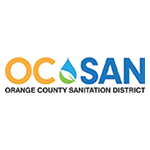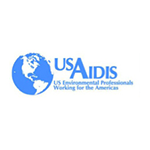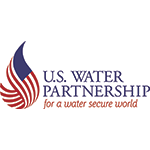- Home
- Contact Us
- News & Events
- Awards
- AAEES Awards Criteria
- 40 Under 40 Recognition Program
- Edward J.Cleary Award
- Excellence in Environmental Engineering and Science Education
- Gordon Maskew Fair Award
- Honorary Member
- International Honorary Member
- Ralph and Joe Bales Graber Science Award
- Stanley E. Kappe Award
- Environmental Communications Awards Competition
- Excellence in Environmental Engineering and Science Competition
- The AAEES Chapter Blue Marble Award
- Resources
- AAEES Microcredentials
- Annual Reports
- AAEES Press Releases
- AAEES Website How To VIdeos
- Environmental Engineer and Scientist
- Environmental Engineering Body of Knowledge
- PFAS Resources
- Specialty Examination Guide
- Students and Young Professionals Resources
- Who's Who in Environmental Engineering & Science®
- Leadership Opportunities
- Membership
- Donate
- Jobs
2023 Excellence in Environmental Engineering and Science® Awards Competition WinnerGrand Prize - Design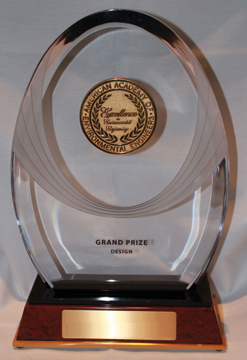
Tomahawk Creek WWTF ExpansionEntrant: Black & Veatch Entrant Profile 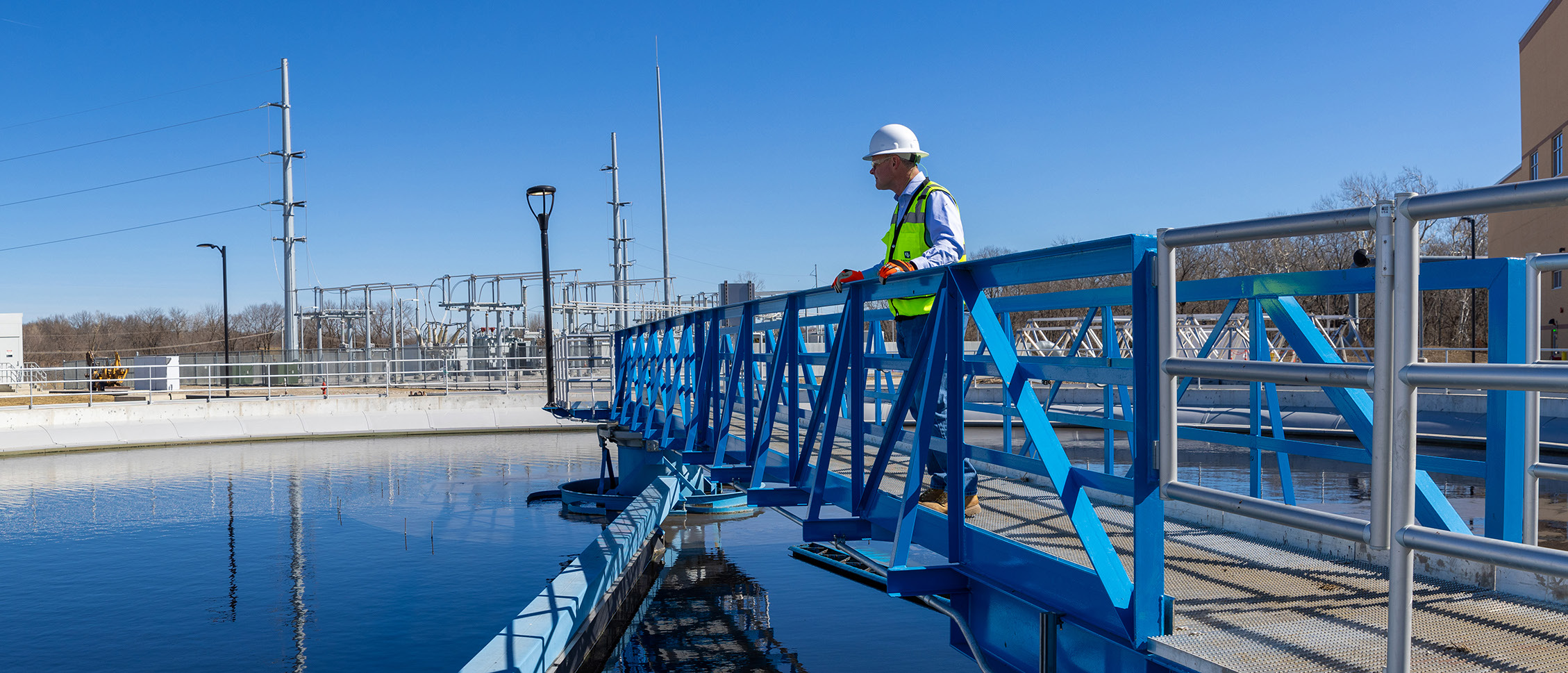
The Tomahawk Creek Wastewater Treatment Facility expansion project was completed in 2022 and was the result of a combination of drivers:
In short, the situation was not sustainable for ratepayers or the environment. The project expanded the facility’s capacity to 19 MGD with up to 172 MGD of wet-weather treatment, allowing the plant to treat all flow from its service area. It leveraged several innovative processes and solutions to create long-term value for ratepayers, and the collaborative team with owner Johnson County Wastewater (JCW) overcame several complicating factors along the way to deliver this project on schedule and on budget. As the prime consultant on this project, Black & Veatch teamed with HDR to provide engineering services. McCarthy Building Companies, Inc. was selected as the Construction Manager at Risk. Project DescriptionOVERVIEWFaced with the need for a more efficient, sustainable treatment plant that could adequately serve its growing population and meet new discharge regulations, Johnson County Wastewater (JCW) opted to expand its Tomahawk Creek Wastewater Treatment Facility, resulting in upgrades that will save the county millions of dollars annually. The upgrades, completed in 2022, boosted capacity of the facility to 19 million gallons per day (MGD) with up to 172 MGD of wet-weather treatment capability and featured state-of-the-art treatment technology to keep pace with evolving federal and state clean water regulations. COMPREHENSIVE ENVIRONMENTAL APPROACHEnvironmental sustainability was one of several key factors project’s core, and the upgraded facility not only focuses its solution on local water quality enhancements but features several additional all-around aspects that make it a good-neighbor facility. The expansion nearly tripled the facility’s dry weather capacity for wastewater treatment, and it leveraged state-of-the-art treatment and nutrient removal technologies that enable the facility to meet federal and state clean water regulations. While nutrients are essential for life, too much in waterways causes eutrophication that can lead to harmful algal blooms, dead zones and fish kills. Tomahawk Creek WWTF’s expansion uses five-stage biological nutrient removal (BNR) to remove nutrients and thus protect and enhance water quality in local water bodies and contributes to water quality improvements for downstream communities. Other environmental aspects:Odor control: The expanded plant – located in an area with residential, parkland and business properties nearby – features technology to capture and contain odors and eliminate them through activated carbon scrubbing. Solids treatment: Facility incorporates solids treatment where the solids from wastewater treatment are dewatered and transported for beneficial land application on agricultural fields. Footprint: With the expansion, the Tomahawk WWTF is essentially a completely new facility. Yet it makes optimal use of the available space as the expansion enlarged the site by just 30% over its previous footprint. Energy/chemicals: The upgraded Tomahawk Creek WWTF can harness and use energy resources inherent in wastewater. Five-stage BNR process uses Sidestream Enhanced Biological Phosphorus Removal (S2EBPR) that does not require a large footprint, and it reduces chemical and energy consumption. QUALITYThe contrast of the present day and the past paints a clear picture of the quality delivered by the Tomahawk Creek WWTF expansion. When the project was originated, the Tomahawk Creek facility lacked the treatment capacity to adequately serve the growing needs of Johnson County. This shortcoming resulted in the direction of 60% of the incoming flow across the nearby state line to Kansas City, Missouri. And while that strategy helped to defer capital costs, operational expenses were 2-3 times the cost of local treatment – and JCW would be at the mercy of rate increases from the neighboring utility. Additionally, the aging Tomahawk facility lacked the treatment technology to comply with evolving state and federal clean water regulations, especially stricter discharge limits for ammonia, nitrogen and phosphorus. The Tomahawk Creek WWTF expansion was the largest project ever undertaken by JCW, nearly tripling the facility’s average capacity to 19 MGD. It also brought up to 172 MGD of wet-weather treatment. Today, the new facility meets the county’s long-term capacity and water quality goals with state-of-the-art treatment processes and, importantly, no need for additional capacity from neighboring utilities. The expansion will held reduce future expenses for Johnson County by an estimated $785 million over the next 35 years when compared to a 10 MGD treatment option that would have continued to send a portion of the flow to a neighboring utility for treatment. ORIGINALITY AND INNOVATIONThe project team deployed the newest proven technologies across the operation at the Tomahawk Creek WWTF. An innovative influent pumping solution enables the facility to handle a diurnal nighttime low flow of 7 MGD as well as the team 196 MGD wet-weather flow, helping it meet the county’s latest NPDES permit requirements for peak wet-weather flow. Using traditional processes, the facility can treat up to 57 MGD. To handle additional flow under wet-weather conditions, it uses cloth-disk filters for treatment and disinfection. With eight such disk filters, the facility is the largest in the world using the technology. A state-of-the-art, five-stage BNR process was deployed using the latest thinking in the technology – S2EBPR to protect against adverse effects from wet-weather conditions. The sidestream process also uses annamox bacteria to efficiently remove ammonia. Coupled with the S2EBPR is a fermentation process that, applied to the primary sludge, reduces energy and chemical use, saving operational costs. COMPLEXITY OF THE PROBLEM ADDRESSEDThe problem facing JCW when the project was conceived was complicated. At the time, the Tomahawk Creek WWTF didn’t have the capacity to keep up with the demand, leading to inefficiencies and escalating operating costs. In parallel, the facility was hampered by aging technologies and infrastructure that could no longer meet water quality regulations. Development of the project was highly complex. Essentially, with this expansion, the Tomahawk Creek WWTF is a completely new facility with more than 30 new structures, over 130 installed pumps, 50,000 cubic yards of concrete, over nine miles of underground utilities, and 792 deep foundation drilled shafts. Delivery of the project also offered complexity. However, the CMAR delivery model enabled the team to effectively manage construction impacts from the COVID-19 pandemic and from starting the project during Johnson County’s wettest year on record. Despite the complications, the team implemented solutions – including $44 million in value engineering savings – that kept delivery of the project on schedule and budget. CONTRIBUTIONS TO SOCIAL, PUBLIC AND ENVIRONMENTAL HEALTH OR ECONOMIC ADVANCEMENTThe Tomahawk Creek WWTF contributes to the Johnson County, KS community in multiple ways. From an environmental and social standpoint, this project performs a vital community service and enhances water quality both locally and for downstream communities. It meets today’s treatment needs and has the flexibility to meet sustainability goals and evolving regulations. In addition to water quality enhancements, the plant is a good neighbor facility through its odor control and solids handling capabilities. In addition, when factoring in the economic portion of the triple bottom line equation, the new facility saves ratepayers – and the county – millions of dollars each year through local treatment of full capacity. Click images to enlarge in separate window. Click here to return to the list of 2023 winners. |

